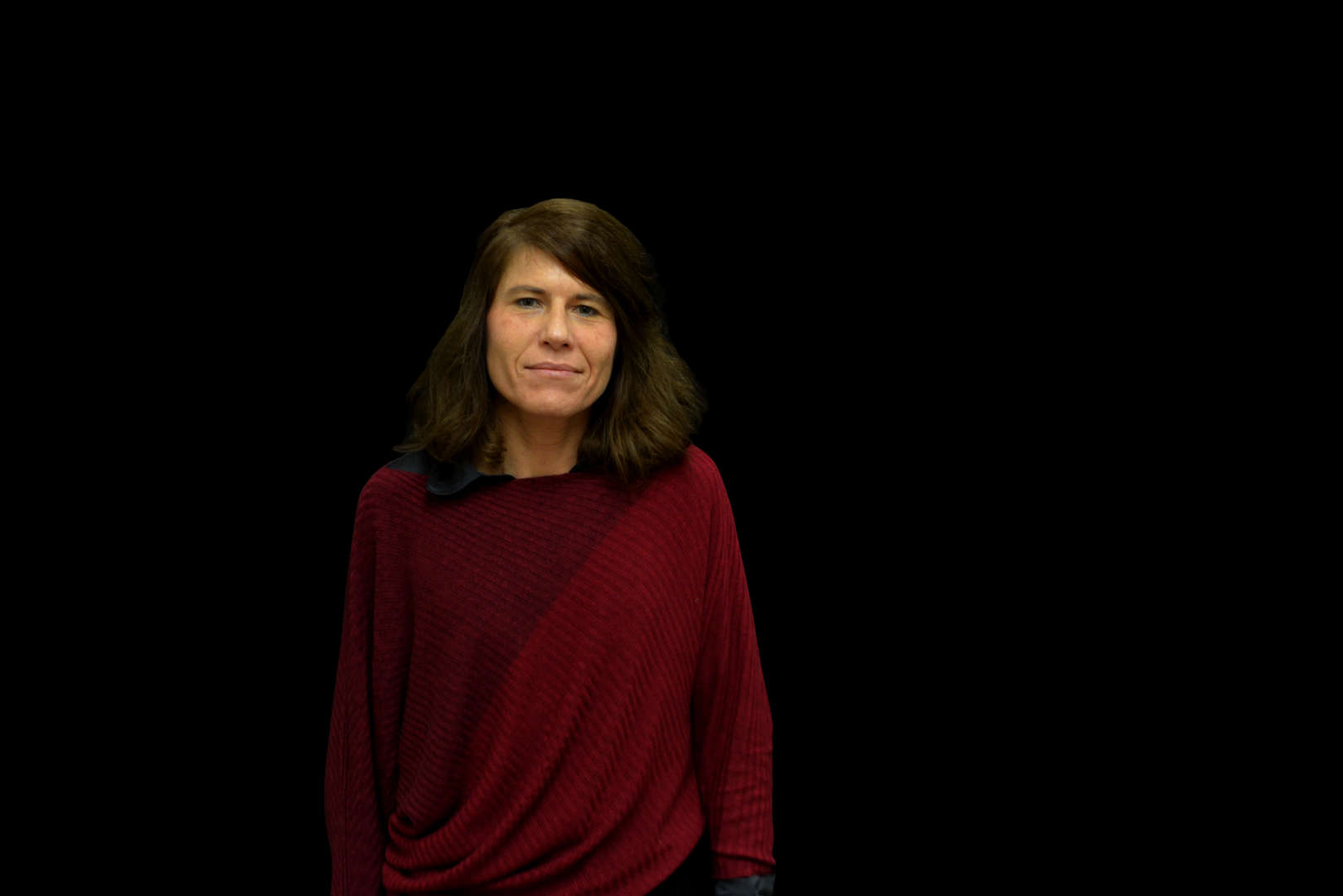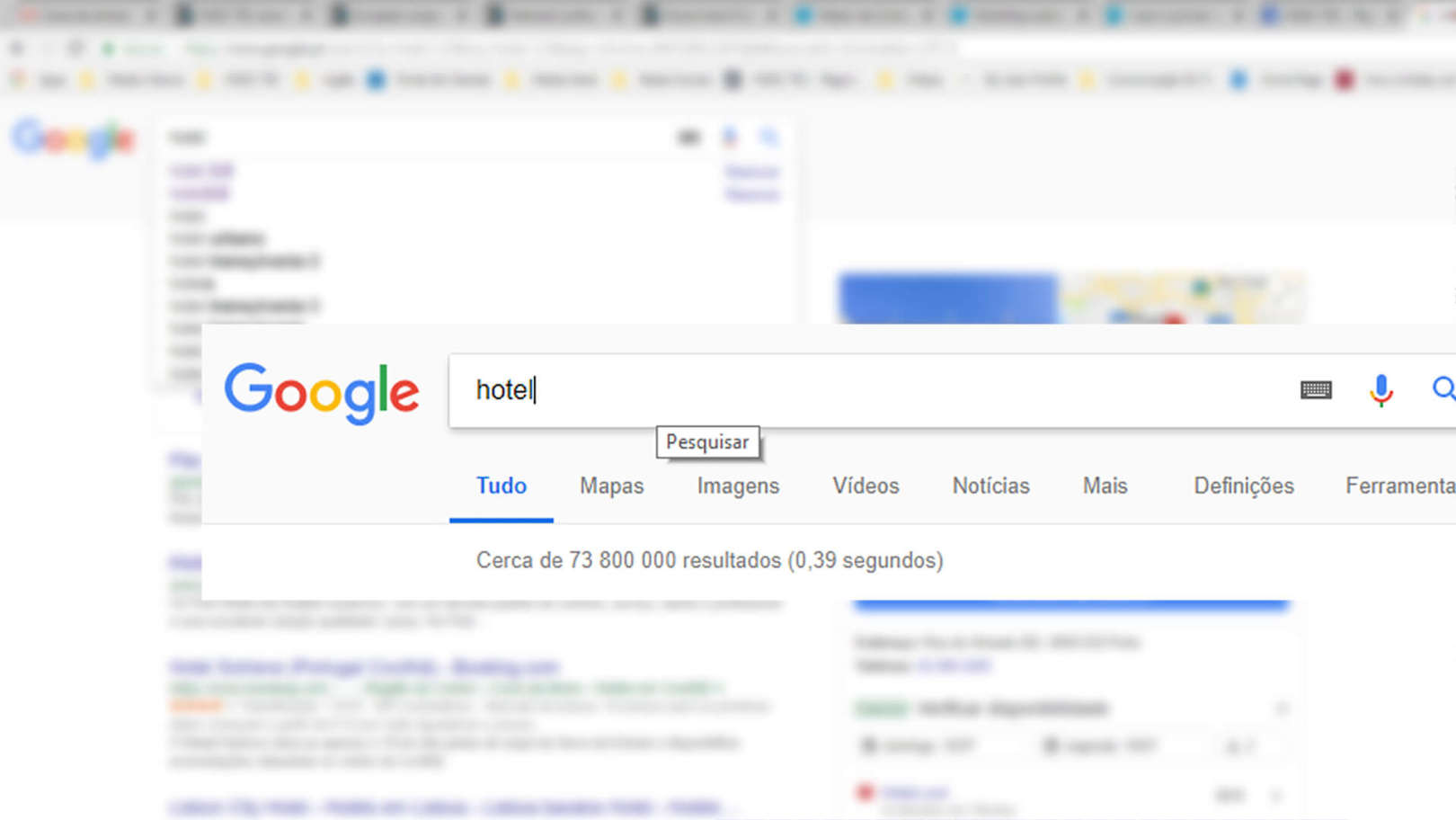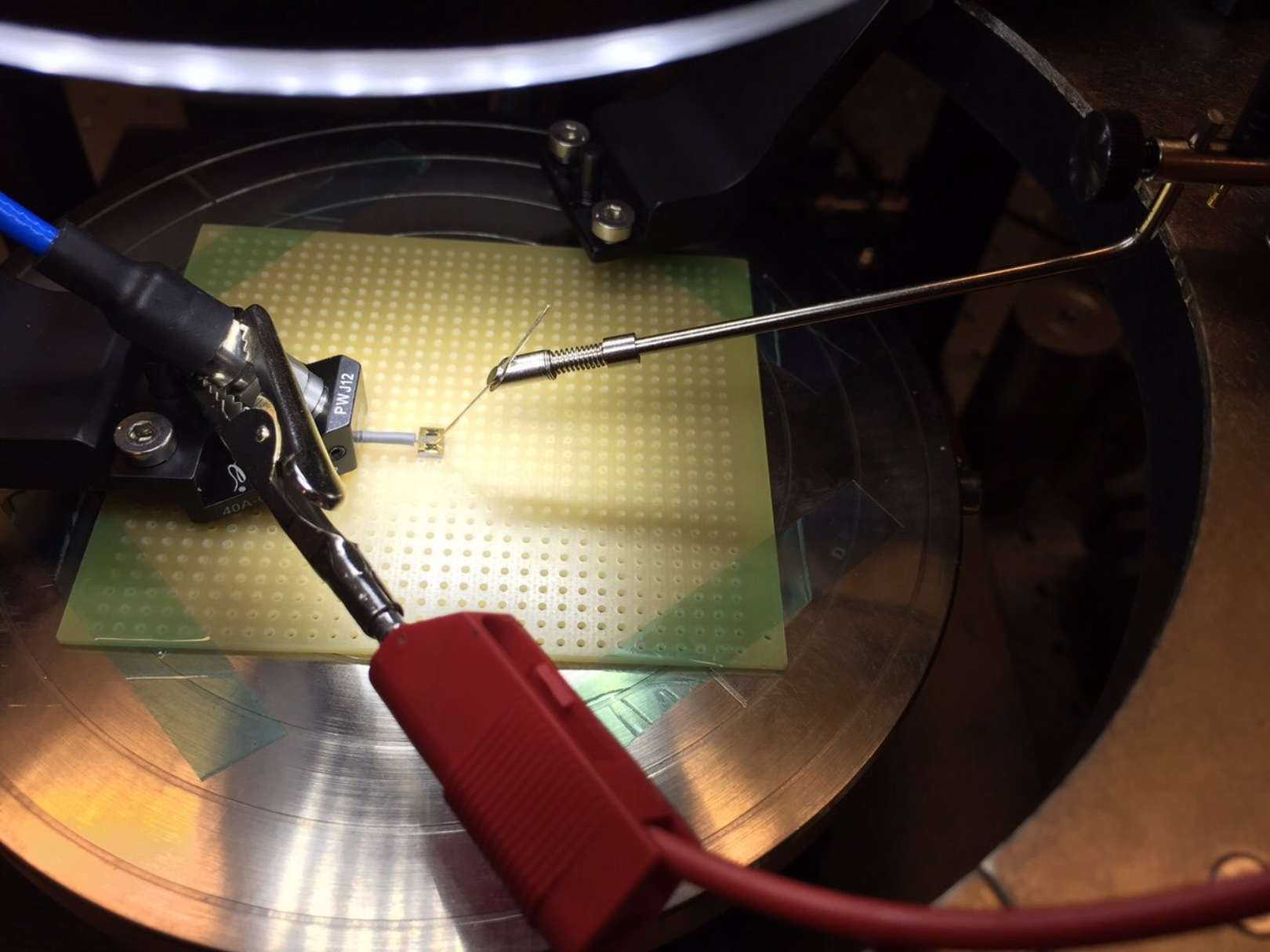About
Maria Teresa Andrade is an Assistant Professor at FEUP, at DEEC. She obtained a degree in Electrotechnical and Computing Engineering in 1986, the MSc in 1992 and the PhD in 2008, at FEUP. She participates in research activities at INESC TEC, integrated in the research team of the Multimedia Systems Area of the Center for Telecommunications and Multimedia. Main interests include context-awareness, mobile and adaptable multimedia applications in heterogeneous environments; 3D and multiview video streaming; quality of service and of experience in multimedia services; semantic technologies and content recommendation; digital television, digital cinema and new media.







